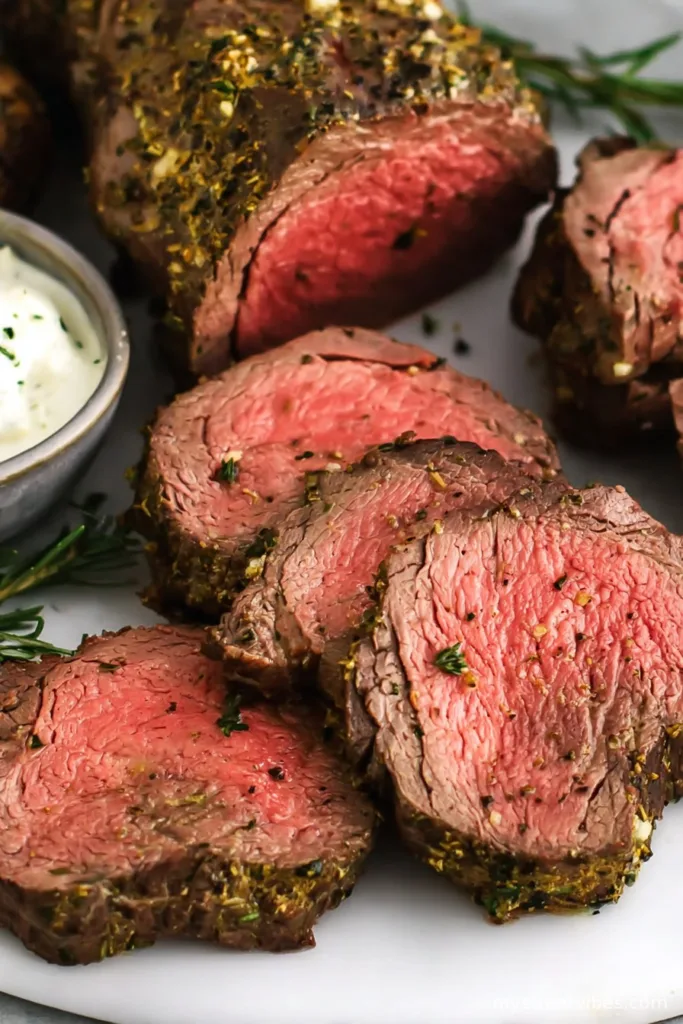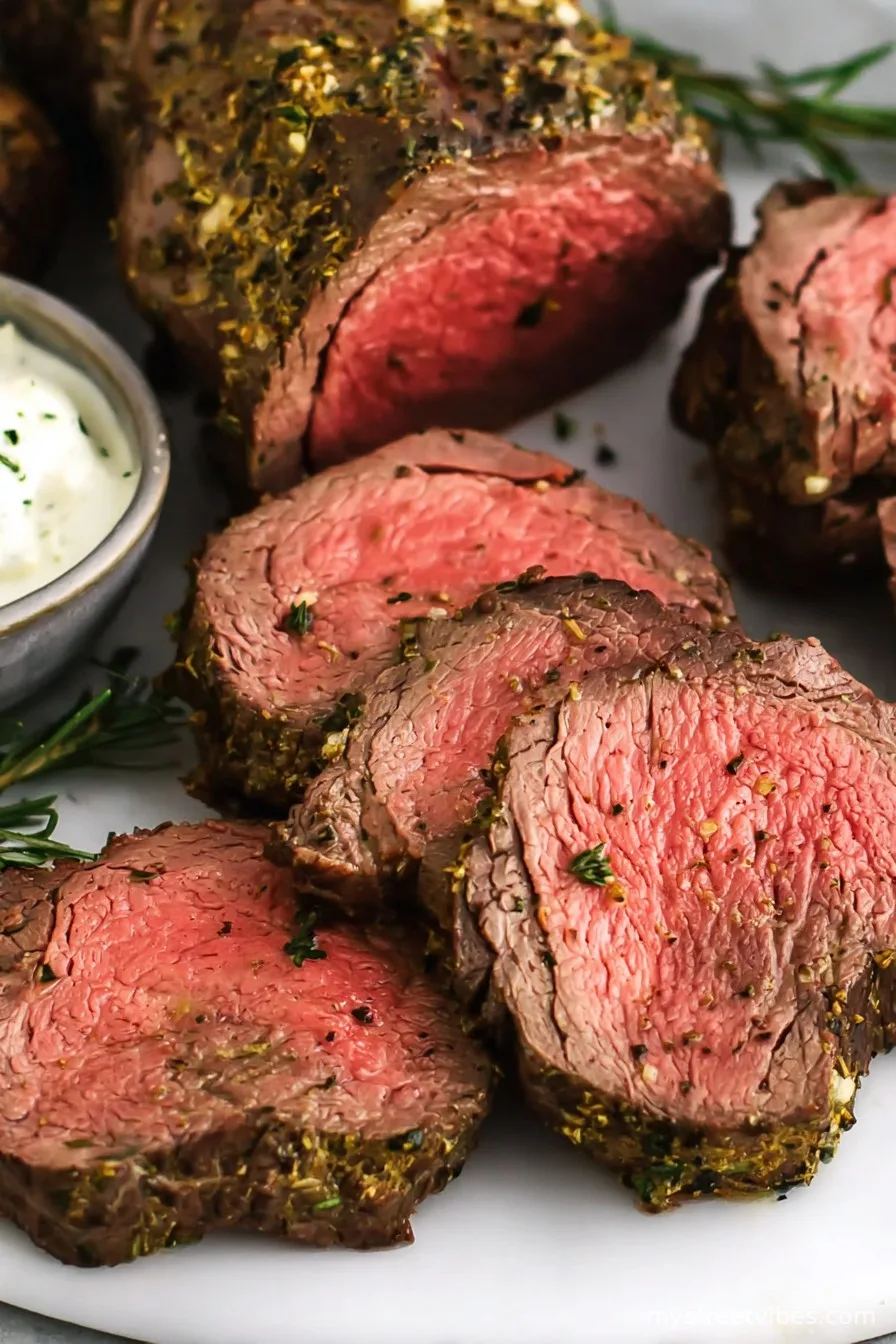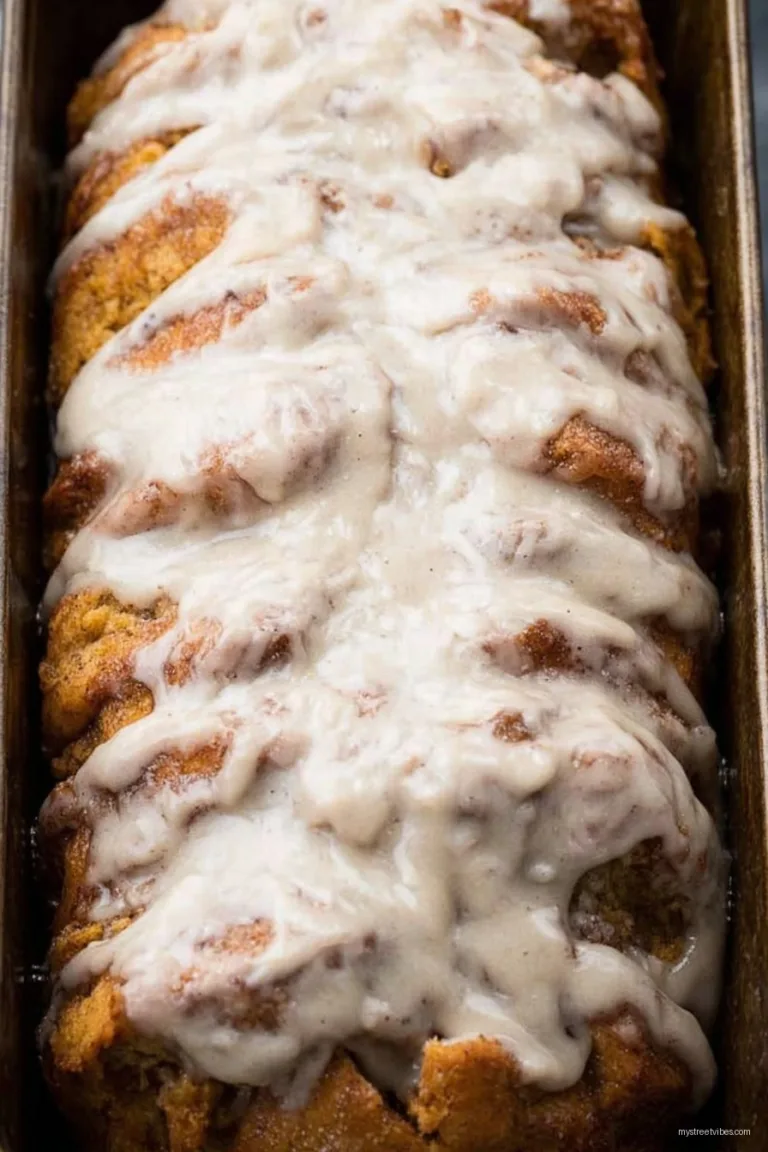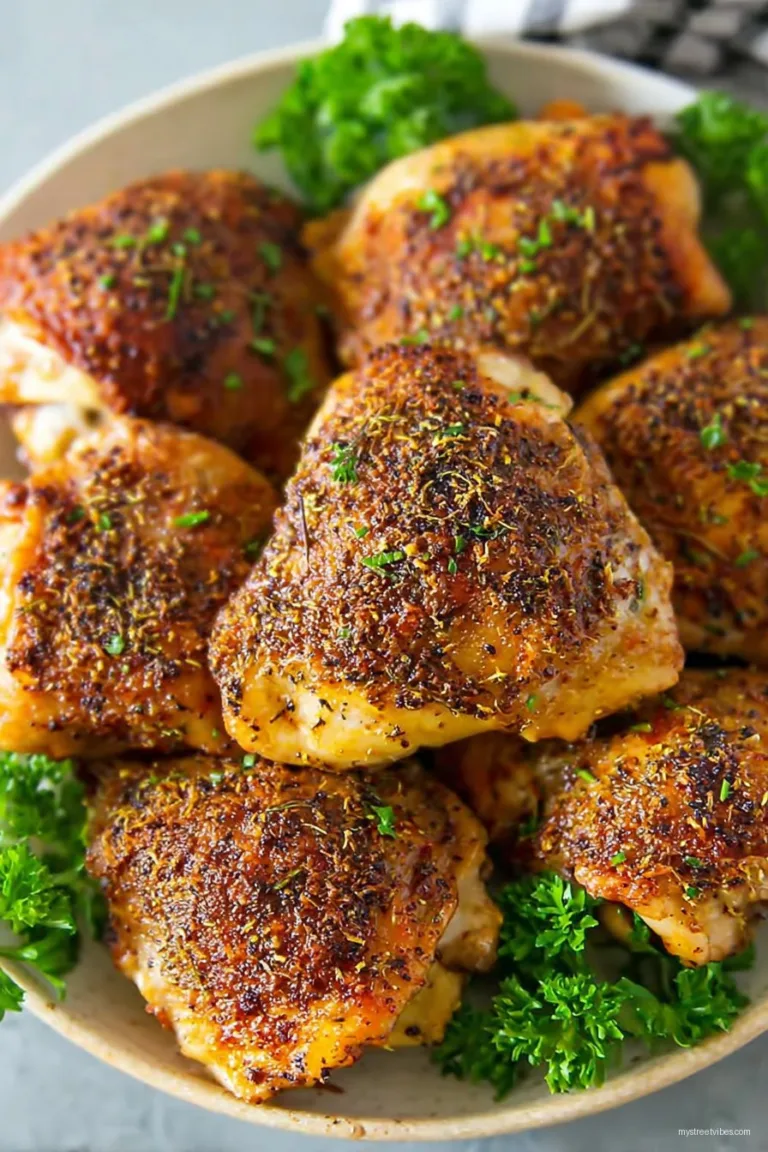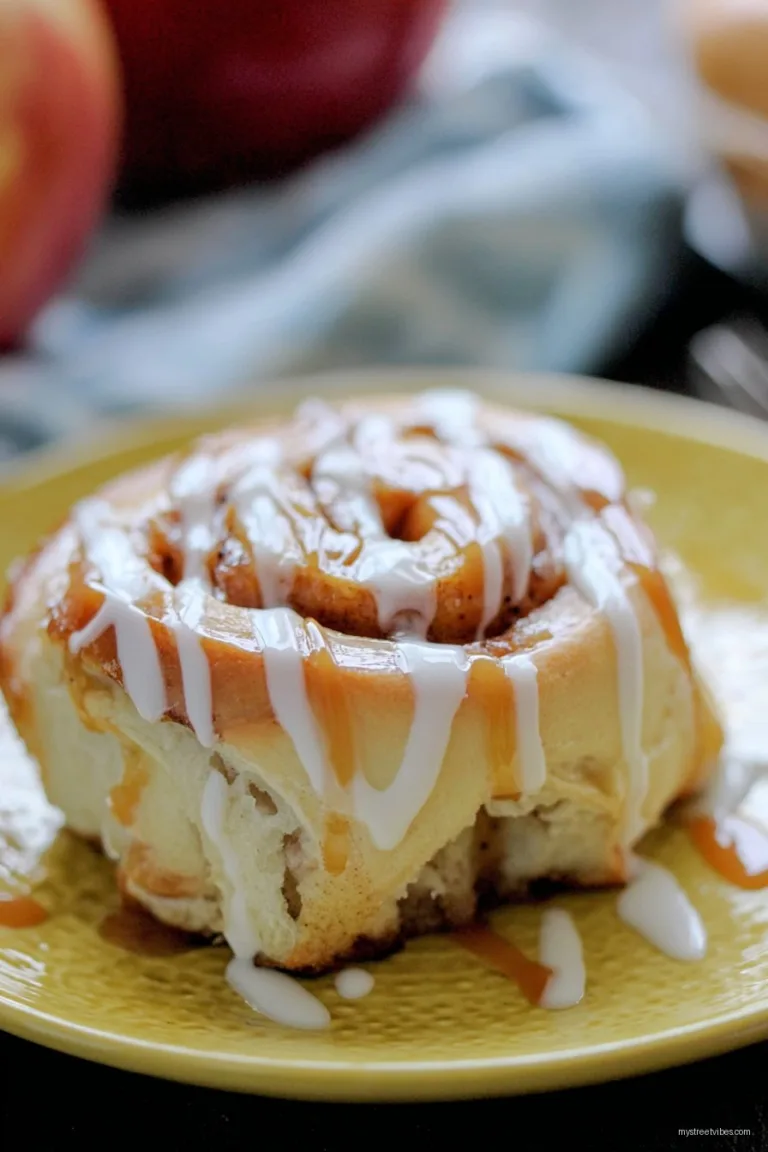You Know That Dinner that WOWs? This Is Mine
I’m not gonna pretend I grew up with a silver platter or had a family chef; honestly, the first time I tried to make a Beef Tenderloin Roast, I was terrified (the price tag alone made me sweat). But, a few birthdays and a slightly overcooked attempt or two later, it’s become, dare I say, my show-off dish. My brother still asks about “that pink roast thing” every December, so I must’ve landed somewhere near the bullseye. Also, confession: the leftovers make a fantastic midnight snack—if you can hide ‘em well enough, which, in my house, is tough.
Why I Think You’ll End Up Loving This Too
I make this when I want to look like a kitchen genius without sweating buckets. My family goes wild for it at Christmas or whenever I’ve got a coupon for fancy beef (hey, I’m not made of money). And—the honest bit—it’s easier than people think. No shame if you’ve ever dry-roasted a tenderloin into a hockey puck; I’ve done it, too, back before I learned the magic of resting the meat. Doesn’t hurt that the leftovers are pretty much the best sandwich filling ever. Or cold, straight from the fridge (no judgment here).
What You’ll Need (And Some Cheeky Substitutions)
- 1 whole center-cut beef tenderloin (about 1.5-2kg, or…a bit less if that’s all your butcher’s got). I sometimes grab the pre-trimmed version when I’m feeling lazy or can’t be fussed with silver skin—totally fine.
- 2 teaspoons kosher salt (my gran swore by Maldon; regular table salt still does the trick, just go easy on it)
- 1 teaspoon black pepper (I bash it up in a bag with a rolling pin when I’m too lazy to use the grinder)
- 3-4 tablespoons olive oil—or plain old canola if that’s what’s left
- 2 cloves garlic, smashed; on second thought, three never hurt either
- Fresh herbs: Rosemary and thyme, a handful each if you’re going that route. Dried is ok in a pinch, but fresh is just…nicer
- 2 tablespoons Dijon mustard (optional, but I love it for a little zip)
- Optional: 1 tsp smoked paprika for a subtle twist—sometimes I remember, sometimes I forget
This Is How I Make It (And You Can, Too)
- Prep the meat: If you bought a whole tenderloin with the silver skin, grab a sharp knife and take that stuff off. Or, honestly, pay your butcher a couple quid/dollars to do it—so much easier. Let it rest on the counter for 45 minutes to take the chill off. I know, sounds fussy, but it helps it cook more evenly (I’ve regretted skipping this and winding up with that weird cold center… not my best moment).
- Rub it up: Pat the meat dry with paper towels. Mix salt, pepper, herbs, and that paprika if you want, then rub the whole thing down with olive oil. It feels silly, but make sure it gets everywhere!
- Preheat & sear: Heat your oven to 450°F (230°C). Meanwhile, heat a big old skillet—you want it ripping hot. Sear the beef all over, about 2-3 minutes per side. It’ll be smoky, so open a window or two (I usually set off the smoke alarm at this point—don’t panic, it’s temporary.)
- Roast: Move the seared beef to a roasting pan. Sometimes I use a baking sheet, and line it with foil for less mess. Slather with Dijon if you’re using—it’s a good glue for more herbs or no reason at all. Slide it in, roast for about 25-35 minutes for medium rare. This is where I start poking it with my old meat thermometer, but if you don’t have one, see the ‘Equipment’ section.
- Rest that beauty: Tent with foil and let it rest for at least 20 minutes. Like, really let it rest. The juices need time to settle (otherwise it’s juicy on the cutting board, not your plate). I sometimes get impatient and slice early—it’s always a little less magical. Wait for it.
- Slicing time! Get a sharp knife—seriously, a dull one will just smush it—and cut into thick slices. This is where I steal a piece “for quality control”.
What I Wish I’d Known Sooner (Notes)
- If it looks a little pale straight out of the oven, don’t panic—it’ll deepen as it rests. Surprised me the first time!
- Don’t be afraid of a salty crust; it wakes up the flavor
- I was obsessed with perfectly even slices for years but actually, a wonky cut just looks more homemade and inviting (or so I tell myself)
If You Feel Like Switching Stuff Up…
- Crust experiments: Coated it in crushed peppercorns once—it was a hit, but a bit much for the spice-averse. Once tried a honey mustard glaze, but it got too sweet for my taste—maybe good if you like that though?
- Herb swaps: Oregano or tarragon are fun if you’re out of rosemary. I tried sage, but it sort of took over. Not my favorite but hey, learning experience.
- Mushrooms: Pile sautéed mushrooms on top before roasting—I did this for my mate Sara, who is mushroom-obsessed, and she said it made the beef taste “posh.”
Stuff You’ll Need (But Don’t Panic If You Don’t Have It)
- Meat thermometer (essential, though once I just used the poke test—you want it springy but not squishy. Not scientific, but it works)
- Large ovenproof skillet or roasting pan—or heck, a heavy-duty baking dish in a pinch
- Sharp knife. Seriously, if you don’t have one, just slice thinner and go slow—the roast will forgive you
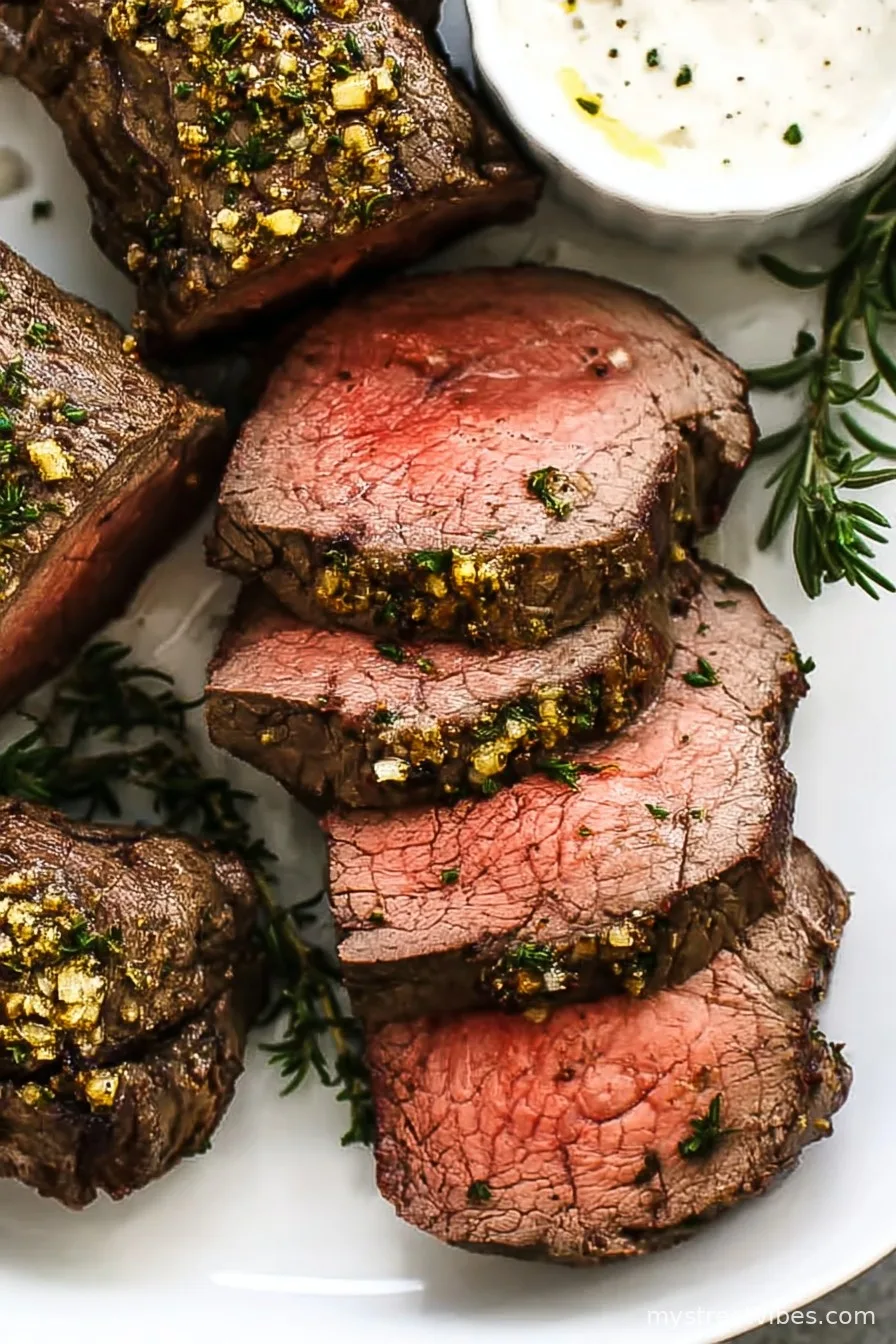
Storing Leftovers (If You Even Have Any Left!)
I feel like I should tell you how to store it for days—airtight container in the fridge, up to 3 days, yada yada—but honestly, it’s never lasted that long in my house. If you do have leftovers, sandwich them with horseradish and arugula, trust me. Or just eat straight from the fridge (with cold roast potatoes if you’re lucky).
How I Like to Serve It
For us, it’s Yorkshire puddings on the side (not proper ones, I use this recipe), plus creamy horseradish sauce, and a heap of garlicky green beans. On less fancy occasions? A pile of roasted potatoes and a big salad does the trick. Oh, and plenty of buttery rolls to mop up the jus. That’s a family tradition—if you forget the bread, there will be grumbling.
The Stuff I Wish Someone Had Mentioned (Pro Tips)
- I once tried rushing the resting step—cut in too soon and all the juices ran out. Regretted it for years (well, maybe just till the next roast)
- Don’t get hung up on perfect appearance; the taste is what counts
- Actually, I find it works better if I let the roast come to room temp even longer, especially if your kitchen’s cold—so budget that in
Real Questions I Get About This Roast (And My Answers)
- Can I make this ahead?
- Sort of. You can season and sear, then chill, but roast it fresh if you can. (Reheating kinda kills the magic for me).
- What if I don’t have a meat thermometer?
- Give it a gentle poke—medium rare should bounce back, but not feel squishy. Or, trust your nose: it should smell insanely good and not too “grilled,” if that makes sense.
- Is butter better than olive oil?
- Butter browns quick, but you can mix them for flavor, just watch the heat.[space]Honestly, I usually grab whichever is in arm’s reach.
- Should I tie the roast?
- If it’s uneven, yes. Or just squidge it into a rough shape and hope for the best—I’ve done both. Sometimes neatness wins, other times, you just want to eat.
- How rare is too rare?
- Depends. For me, edge-of-medium rare is perfect; my cousin wants it still mooing (not my thing).
- Can I freeze the leftovers?
- I’ve done it—wrap in foil, then a bag. But, texture suffers. It’s best fresh, if you ask me!
Somehow, every time I make this, I remember the time my cat nearly stole a slice while it was resting. Which is why now, I rest it on the highest shelf I can find—just a little life lesson, free of charge.
Ingredients
- 1 (3 lb) beef tenderloin, trimmed
- 2 tablespoons olive oil
- 2 teaspoons kosher salt
- 1 teaspoon freshly ground black pepper
- 4 cloves garlic, minced
- 2 teaspoons fresh rosemary, chopped
- 2 teaspoons fresh thyme, chopped
- 1 tablespoon Dijon mustard
Instructions
-
1Preheat oven to 450°F (230°C). Allow the beef tenderloin to come to room temperature for 30 minutes.
-
2Pat the beef tenderloin dry with paper towels. Rub with olive oil all over.
-
3In a small bowl, mix salt, black pepper, garlic, rosemary, and thyme. Rub the seasoning mixture evenly over the tenderloin.
-
4Heat a large skillet over high heat. Sear the tenderloin on all sides until browned, about 2 minutes per side.
-
5Brush the seared tenderloin with Dijon mustard, then transfer to a roasting pan.
-
6Roast in the preheated oven for 35-45 minutes, or until an instant-read thermometer inserted into the thickest part reads 130°F (54°C) for medium-rare. Rest for 15 minutes before slicing and serving.
Approximate Information for One Serving
Nutrition Disclaimers
Number of total servings shown is approximate. Actual number of servings will depend on your preferred portion sizes.
Nutritional values shown are general guidelines and reflect information for 1 serving using the ingredients listed, not including any optional ingredients. Actual macros may vary slightly depending on specific brands and types of ingredients used.
To determine the weight of one serving, prepare the recipe as instructed. Weigh the finished recipe, then divide the weight of the finished recipe (not including the weight of the container the food is in) by the desired number of servings. Result will be the weight of one serving.
Did you make this recipe?
Please consider Pinning it!!
